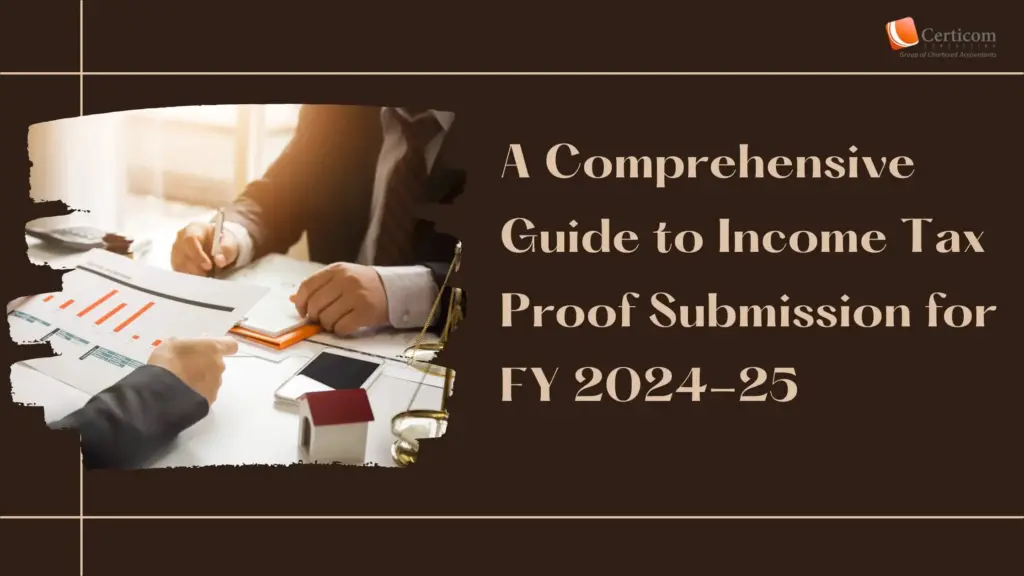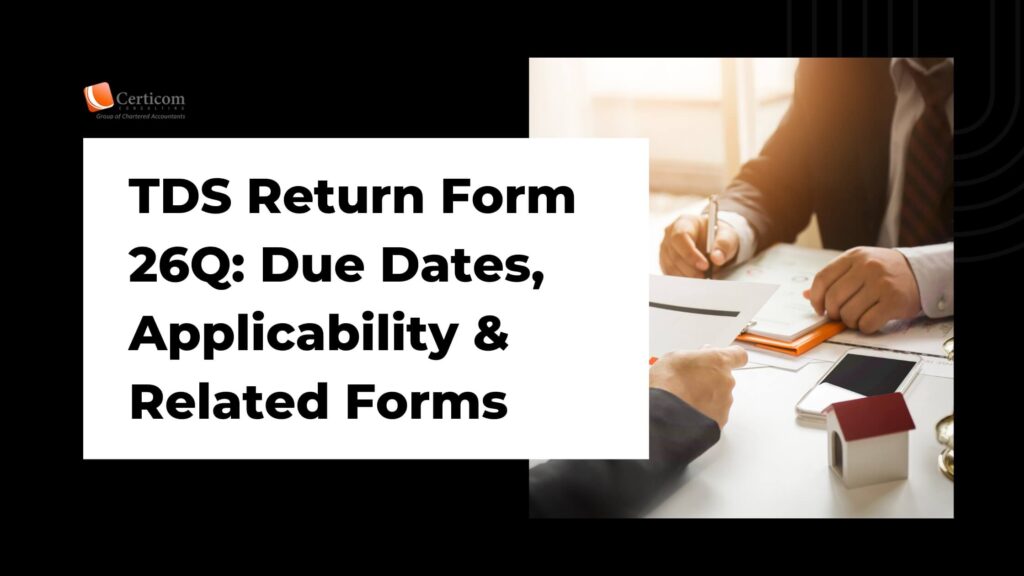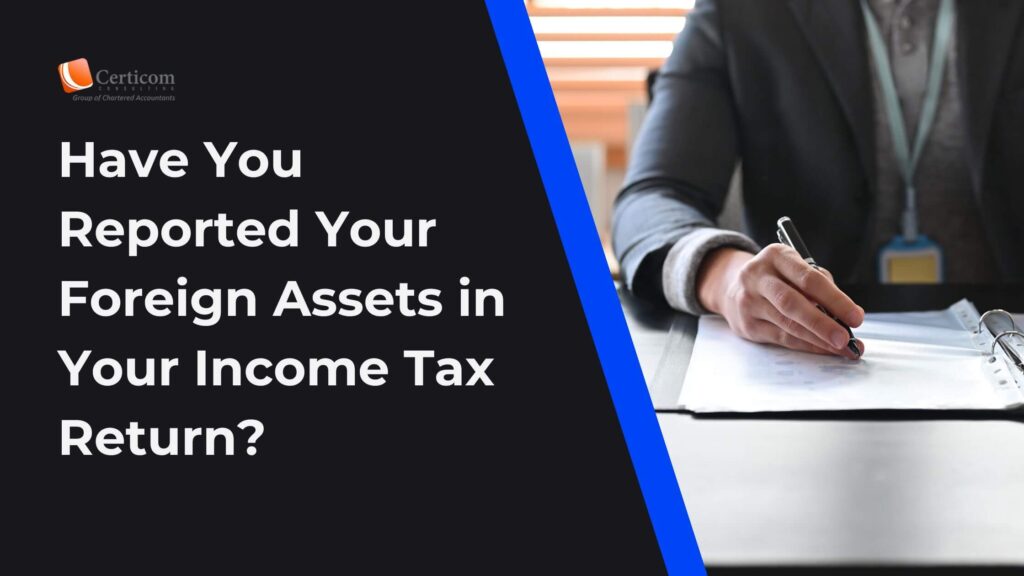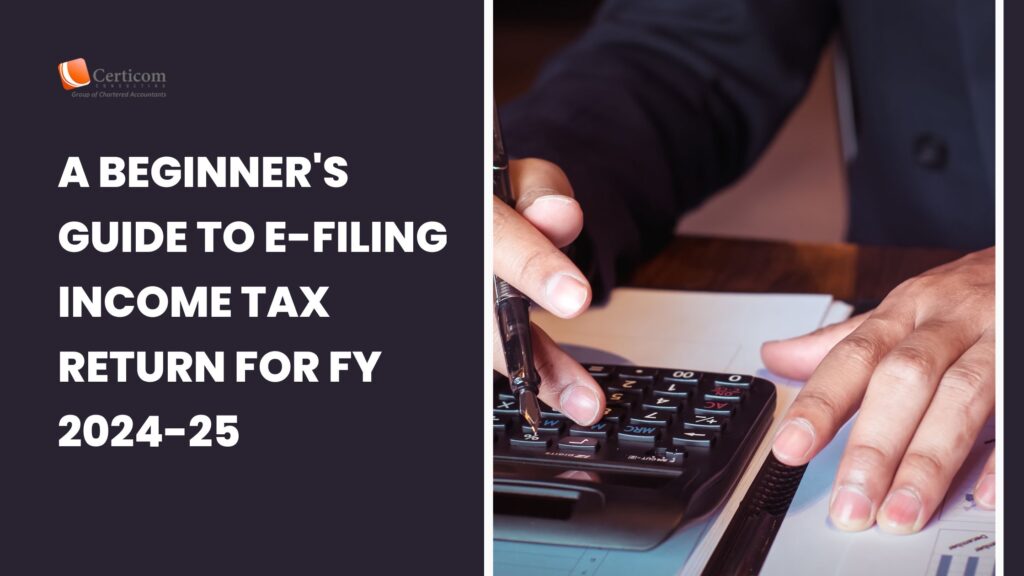Avoid Tax Hassles: A Comprehensive Guide to Income Tax Proof Submission for FY 2024-25

As the financial year comes to a close, submitting income tax investment proofs becomes a priority for salaried employees. The deadline for most organizations is March 31st, 2025, and missing this crucial deadline can result in higher tax deductions or missed refunds. This guide will walk you through everything you need to know to ensure a hassle-free submission process.
Why Is Income Tax Proof Submission Important?
Employees must declare their planned investments at the start of the financial year and later submit the supporting documents for verification. Employers rely on these proofs to compute accurate tax liabilities and apply rebates or deductions. Failure to provide these proofs can lead to:
- Higher Tax Deductions: Taxes may be calculated at standard rates without considering eligible deductions.
- Loss of Refunds: Missing the opportunity to claim deductions can result in overpaid taxes.

Timeline for Submission
While the official deadline is March 31st, most employers start collecting proofs between January and March. It’s essential to adhere to your organization’s specific deadlines to avoid last-minute issues.
Common Investment Proofs Required
Here’s a list of common documents you may need to submit:
- Life Insurance: Premium payment receipts.
- Public Provident Fund (PPF): Updated passbook or statement.
- National Savings Certificates (NSC): Certificates or receipts.
- Tax-Saving Fixed Deposits: Fixed deposit certificates from banks.
- National Pension Scheme (NPS): Contribution receipts.
- Home Loan: Proof of interest payments for the fiscal year.
- House Rent Allowance (HRA): Rent receipts signed by the landlord.
- Tuition Fees: Receipts for children’s school or college fees.
Submission Format
The mode of submission depends on your employer’s policy. Some may require physical copies, while others accept scanned documents via email or portals.
Tips for Submission:
- Ensure all documents are clear and legible.
- Verify that details such as amounts, dates, and policy numbers are accurate.
- Submit proofs in the format prescribed by your employer.
Consequences of Late Submission
Failing to submit investment proofs on time can have financial repercussions:
- Higher TDS (Tax Deducted at Source): Employers may deduct taxes without considering eligible deductions.
- Revised Tax Computations: Missed deductions may lead to incorrect final tax liabilities.
Investment Proof Submission Guide
- Organize Your Documents: Gather all required proofs in advance.
- Mutual Fund Statements: Ensure they display the investor’s name, PAN, and closing portfolio value.
- Fixed Deposits: Highlight maturity details on physical certificates.
- Verify Proof Amounts: Ensure the amounts match the deductions claimed in your declarations.
Maximize Tax Savings: Key Deductions to Claim
Section 80C
- Maximum deduction: ₹1.5 lakh.
- Eligible investments include:
- Public Provident Fund (PPF).
- National Savings Certificates (NSC).
- Equity Linked Savings Schemes (ELSS).

Section 80CCD
- Additional deduction: ₹50,000.
- Applicable for contributions to the National Pension Scheme (NPS).
Section 80G
- Deductions for donations to relief funds and charitable organizations.
- Ensure receipts include donation amounts and organization details.
Timely submission of income tax investment proofs is essential to avoid unnecessary tax deductions and maximize savings. By organizing your documents early and adhering to your employer’s guidelines, you can ensure a smooth process and avoid last-minute stress.
Start gathering your proofs today and submit them well before the deadline to enjoy the full benefits of tax deductions and rebates.
Related Post
Have You Reported Your Foreign Assets in Your Income Tax Return?
A Beginner’s Guide to E-Filing Income Tax Return for FY 2024-25
Book A One To One Consultation Now For FREE
How can we help? *




